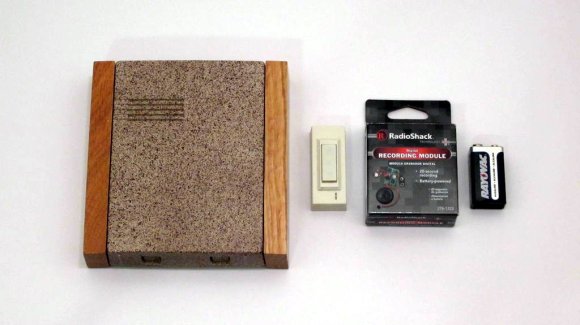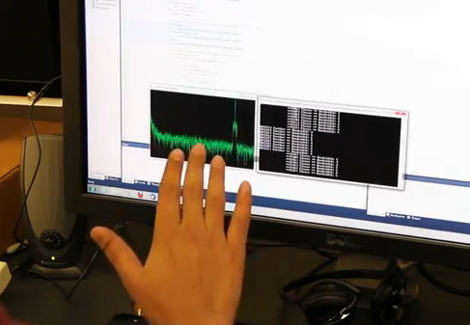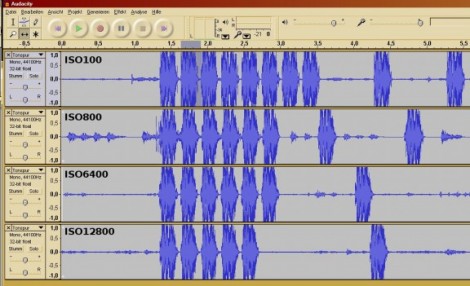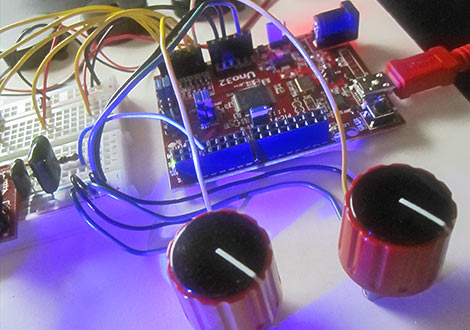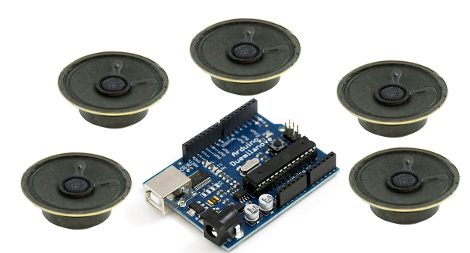
These water droplets are not falling; they’re actually stuck in place. What we’re seeing is the effects of an acoustic levitator. The device was initially developed by NASA to simulate microgravity. Now it’s being used by the pharmaceutical industry do develop better drugs.
The two parts of the apparatus seen in the image above are both speakers. They put out a sound at about 22 kHz, which is beyond the human range of hearing. When precisely aligned they interfere with each other and create a standing wave. The droplets are trapped in the nodes of that wave.
So are these guys just playing around with the fancy lab equipment? Nope. The levitation is being used to evaporate water from a drug without the substance touching the sides of a container. This prevents the formation of crystals in the solution. But we like it for the novelty and would love to see someone put one of these together in their home workshop.
Don’t miss the mystical demo in the clip after the break.

